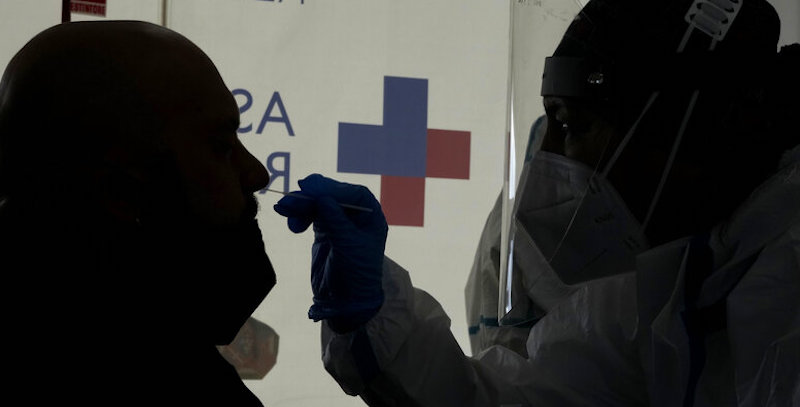Only 9 indicators will be used which will mainly serve to control pressure on hospitals
The Ministry of Health has published a circular establishing a new system to control the coronavirus epidemic after the end of the international emergency declared by the World Health Organization (WHO). The emergency had been declared in January 2020 and since then globally there have been at least 6.8 million deaths attributable to the pandemic, a very probably conservative estimate compared to the real impact on global mortality.
For several months, the epidemiological situation seems to have been under control both in various parts of the world and in Italy, where for more than a year almost all the restrictions introduced to limit the spread of the virus have been removed, with the exception of masks in most of hospital wards and nursing homes. The end of the emergency was achieved above all thanks to the vaccines against the coronavirus which made it possible to limit the most serious forms of the disease, which can lead to death.
Although there are no alerts and restrictions, in the last year the Ministry of Health and the Istituto Superiore di Sanità (ISS) have continued to observe the progress of the epidemic with a system used during the so-called “phase 2” of the pandemic and made up of 21 indicators.
Among the many data updated weekly are the capacity of the regional health systems to test all suspected cases and the possibility of guaranteeing adequate resources for contact tracing, isolation and quarantine. But also the stability of health services, i.e. the pressure on hospitals, data on the transmission of infections, the trend in deaths, the number of new outbreaks, the number of accesses to the emergency room for reasons related to the coronavirus and the employment rate of ICU beds.
These data were used above all to assess the risk of an increase in infections in the regions and to allow the Ministry of Health to introduce any restrictions such as red, orange or yellow zones. Many of these indicators, for example, helped calculate the R indextwhich indicates how many people are infected by an infected person, on average and over a certain period of time.
The Ministry of Health has thus decided to switch to a more flexible and adaptable observation system with respect to viral circulation, without the provision of alert thresholds or risk assessment. The remaining indicators, reads the ministry’s circular, will allow changes in the spread of infections and the impact on hospital wards to be identified in a timely manner.
There are nine indicators and they concern two distinct areas, namely the measurement of the spread of the virus and its impact. As regards the diffusion, the incidence by age group and sex, the R index will be observedt which shows the transmissibility of the virus, the proportion of reinfections out of the total number of infected people and the number of swabs performed per 100,000 inhabitants. The impact, on the other hand, will be measured with the number of hospitalizations out of the total number of infections, the incidence of deaths, the occupancy rate of intensive care beds and the projection of hospital occupancy rates based on the transmissibility of the virus. The analysis of all these data will continue to be entrusted to the control room set up in 2020.
– Read also: The new rules on masks in hospitals
Continue on the Post
